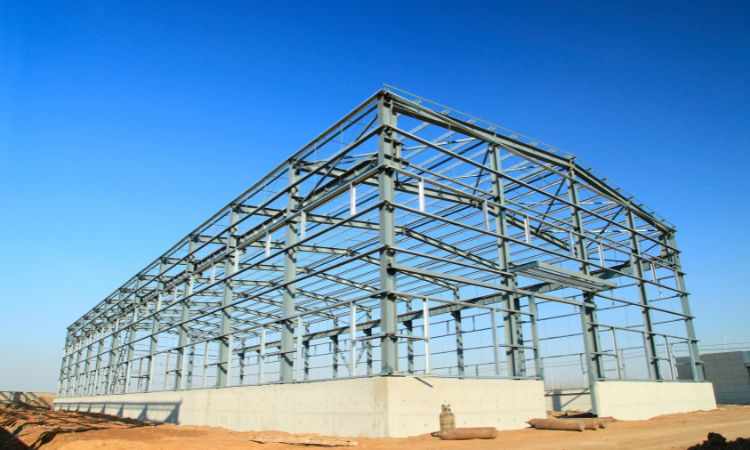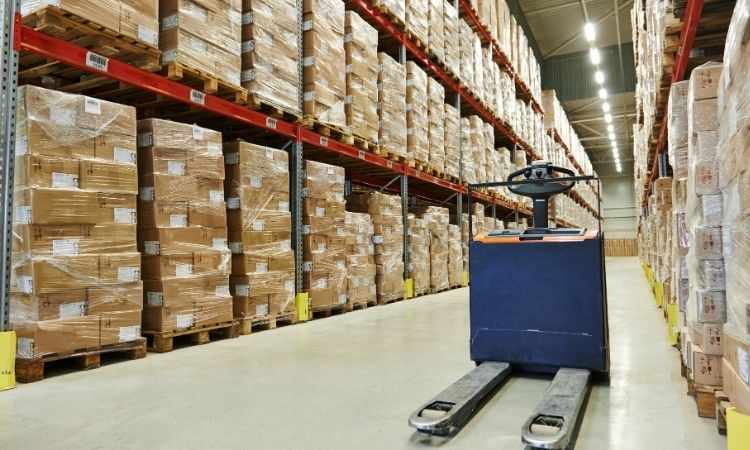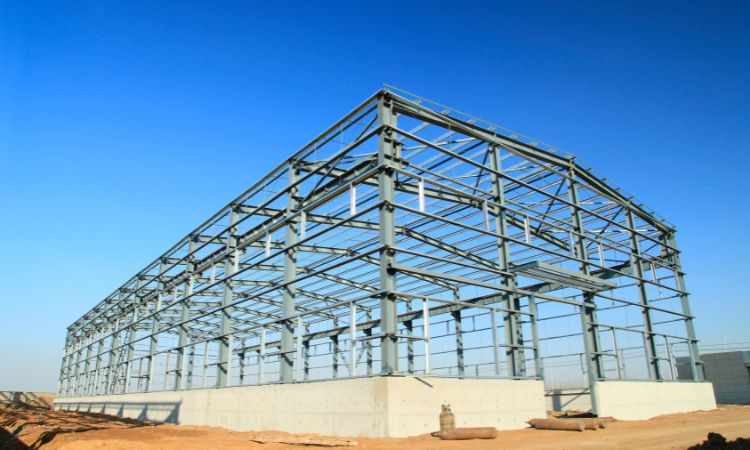
The structural steel sector in Saudi Arabia is entering a sustained phase of growth, key to the country’s broader construction and infrastructure ambitions. The market is projected to grow at a compound annual growth rate (CAGR) of 4.90% between 2025 and 2034. This growth reflects rising building activity, industrial expansion, and government initiatives under programmes like Vision 2030.
Product Type: H‑Type Beams, I‑Type Beams, Columns, Angles, Others
In the Saudi market, the composition of product types is shaped by construction requirements and engineering standards.
H‑Type Beams: These are heavy, wide‑flange beams used in large buildings and commercial structures. Their thick web and broad flanges make them ideal where heavy load‑bearing is needed. H‑type beams are commonly used in high‑rise, institutional and commercial construction.
I‑Type Beams: Narrower flanges than H‐type, and often chosen for cost‑sensitive applications where load demands are lower. Their growth in Saudi Arabia is linked to mid‑rise commercial and manufacturing building segments.
Columns: Vertical structural members that support loads; critical in multi‑storey residential, institutional and industrial buildings. Demand for columns rises as the building footprint grows and heights increase.
Angles: L‑shaped steel sections used in bracing, smaller frames, secondary structural support. They also see usage in manufacturing plants and industrial sheds.
Others: This category includes channels, special profiles, custom structural members, and light structural sections for smaller buildings or retrofit projects.
By tracking which product types grow fastest, manufacturers can align capacity and fabrication strategies.
End‑Use: Residential, Institutional, Commercial, Manufacturing
The market segmentation by end‑use mirrors Saudi Arabia’s development priorities.
Residential: Demand in housing (villas, apartments) remains strong, driven by urbanisation, population growth and government housing programmes. As residential buildings become larger and more upscale, structural steel demand increases.
Institutional: Schools, universities, hospitals and government buildings form this category. Public investment in education, healthcare and social infrastructure underpins growth.
Commercial: Offices, retail centres, hospitality and mixed‑use developments fall into this segment. Given Saudi Arabia’s push into tourism, entertainment and business services, commercial construction is a growing driver of structural steel demand.
Manufacturing: Factories, logistics warehouses and industrial plants need robust structural frameworks. With the kingdom’s ambition to expand its non‑oil manufacturing base under industrial programmes, this segment offers long‑term potential.
Each end‑use category has different product‑type demands (for example, heavy beams for high‑rise commercial versus lighter profiles for smaller residential buildings) and different procurement/usage patterns.
Usage: Direct End‑User, EPC‑Contractor, Others
How structural steel is purchased and used also shapes market dynamics.
Direct End‑User: Building owners or developers who procure structural steel directly. In this model, manufacturers may deal directly with clients, influencing specification, delivery and fabrication.
EPC‑Contractor: Engineering‑Procurement‑Construction contractors that manage entire building or infrastructure projects, sourcing structural steel as part of a broader contract. They often favour large volume orders, standardised profiles and reliable fabrication/ delivery.
Others: Smaller contractors, retrofit/renovation projects, refurbishments, or other usages such as modular building components. These often involve more flexible product types and smaller orders.
Usage type matters because the contracting and buying behaviour differs: lead times, specification rigor, integration with other trades, and service requirements vary.
Regional Analysis
Within Saudi Arabia, the structural steel market is not uniform. Key regions include:
Northern & Capital Region: Includes Riyadh and surrounding areas. Major urban developments, corporate offices, government buildings. High demand for commercial and institutional buildings.
Western Region: Along the Red Sea coast and including cities like Jeddah. Growth in hospitality, tourism developments, mixed‑use complexes.
Eastern Region: Industrial hub (oil & gas, petrochemicals) around Dammam and Jubail. Here manufacturing and industrial end‑use drive structural steel demand.
Other Regions: Emerging zones where new towns, infrastructure or manufacturing clusters are planned.
Regional differences influence product type (heavy sections in high‑rise urban areas vs lighter profiles in regional industrial sheds), lead times, fabrication logistics and local sourcing.
Market Dynamics: SWOT
Strengths
Strong governmental backing for infrastructure and diversification programmes (e.g., Vision 2030) ensures steady demand.
Structural steel is well-suited for modern construction: strength, speed of erection, adaptability.
WeaknessesDependence on imported raw materials or profiles in some cases, which can raise cost and delay lead times.
Fluctuations in steel prices globally can impact margins and project costs.
OpportunitiesGrowth in non‐oil sectors (manufacturing, logistics, tourism, housing) creates opportunities to expand structural steel use.
Innovation in fabrication, modular construction, and sustainable steel use can differentiate suppliers.
ThreatsDelays or cutbacks in major projects could dampen demand.
Competition from alternative materials or imports undermining local production.
Skilled labour shortages or logistic constraints increasing cost or time overruns.
Competitive Landscape
Saudi Arabia’s structural steel market features a mix of local manufacturers, fabricators and importers. Key players have begun investing in capacity, forging partnerships and targeting large construction/industrial projects. For example, companies such as Zamil Industrial Investment Co. (via its structural steel / prefabricated building unit) play a role in the local supply chain. Fabricators that can serve large engineering firms, offer timely delivery and quality certification will hold an edge. Consolidation, vertical integration (raw materials to fabrication) and geographic expansion (to industrial hubs) are trends to watch.
Forecast Outlook 2025‑2034
With the market projected to grow at a CAGR of 4.90% over 2025‑2034, demand for structural steel is expected to steadily rise.
Growth by product type: Heavy profiles (H‑type beams, large columns) will see stronger demand in commercial and institutional projects; lighter sections (angles, smaller columns) will grow in residential or manufacturing shed applications.
Growth by end‑use: Residential and commercial segments may lead volume, but manufacturing / industrial will offer higher margin opportunities as Saudi Arabia expands its manufacturing base.
Growth by usage model: EPC contractors will drive large project demand, while direct end‑users in smaller projects will propel more flexible product demand.
Key trends include modular steel construction, greater local fabrication capacity, stronger links to manufacturing & logistics developments, and sustainable steel procurement practices.
Implications for Stakeholders
For steel producers and fabricators: Focus on building capacity for heavy section profiles, invest in fabrication technologies, ensure fast delivery and regional coverage.
For construction companies / developers: Early engagement with steel suppliers, understanding lead times, product specifications, certification and sustainability credentials will matter.
For investors: Structural steel market is tied to the pace of construction and industrial investment; opportunities exist in fabrication, supply chain services and localisation efforts.
For policymakers and planners: Ensuring smooth material supply, encouraging local fabrication capacity, streamlining approvals and supporting industrial clusters will enable the sector.















Write a comment ...